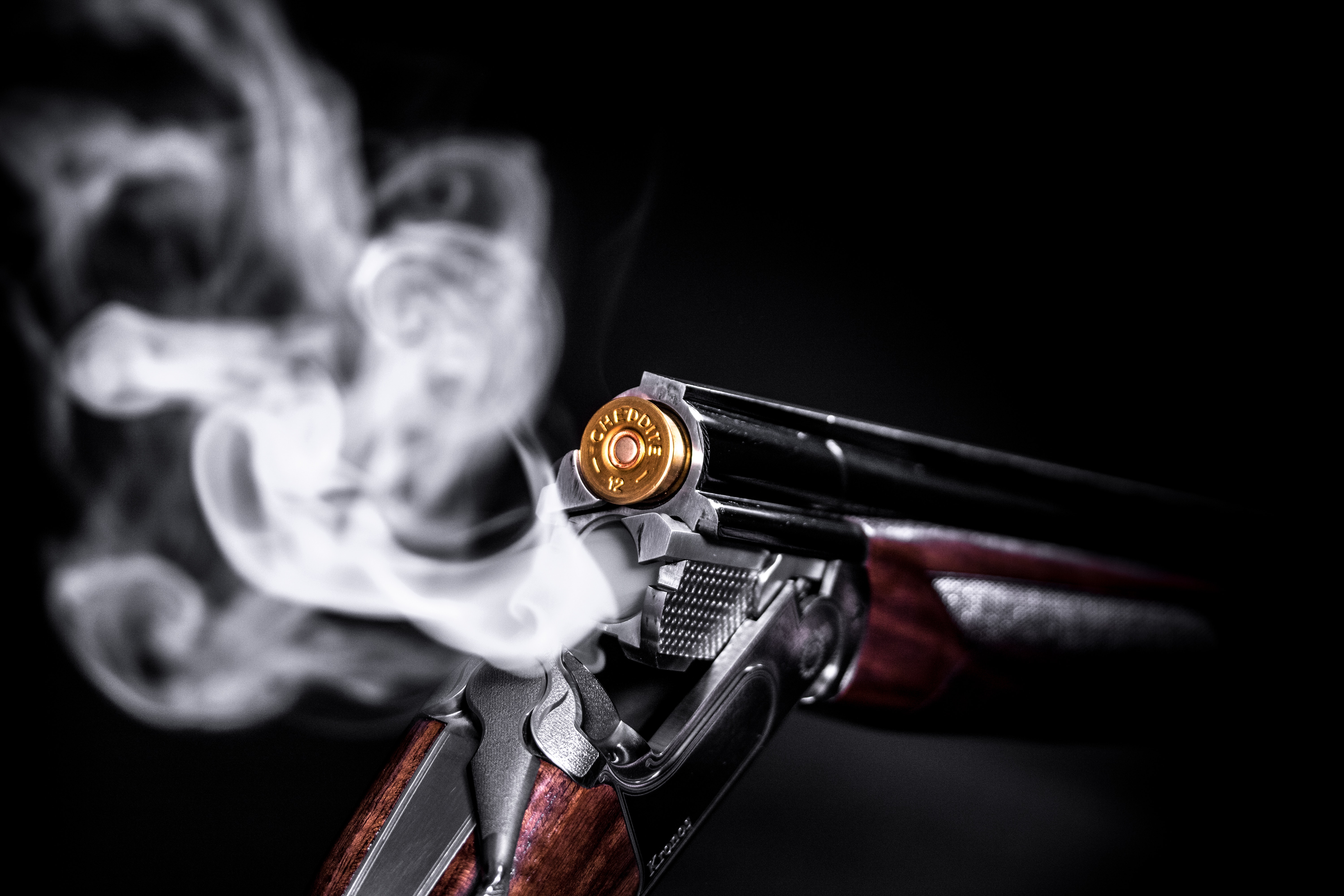Practice Areas
Product Liability: Design Defect

When consumers purchase products, they trust that the designers, manufacturers, and marketers prioritize their safety. However, sometimes products cause harm and injury due to one or more of these factors. Product liability law varies from state to state, but across the board there are three main defects that can create a case for liability: design defects, manufacturing defects, and defects in marketing. In this series, we will discuss each of these major defects and cases that resulted in consumers being compensated for product defects.
Design Defect Results in Dangerous Gunfire Malfunction
Designing any product meant for consumer use should put the safety of consumers at the forefront of the design process. This focus on safety should be at its height when designing products that have destructive capabilities. But in the case of the Remington Rifle Model 700 (M700), a major design flaw caused the misfiring of the rifle and serious injury.
Design Defect Misfire
On the evening of November 14, 1982, Mike Lewy returned home from deer hunting with the Remington 700 firearm and began to unload the gun. Lewy proceeded with caution, pointing the rifle away from himself and up toward the ceiling. According to court proceedings, “The design of the rifle required the safety to be moved to the fire position in order to lift the bold handle to eject a chambered cartridge.” This design made it impossible to unload the gun while the safety was in place.
As Lewy unloaded the gun, according to the design of the Remington 700, the gun fired. The bullet travelled through the ceiling of the room Lewy was in and struck his mother in the leg while she sat upstairs. Mrs. Lewy was hospitalized for more than a month for her injuries.
Design Defect Definition
According to Cornell Law, “a design defect exists when a defect is inherent in the design of the product itself.” The inherent defect in the design of the Remington 700 is clear. The mechanisms used during unloading create an unsafe scenario. However, the plaintiff, the Lewys in this case, must also prove there is an alternative to the original design that would make the product safer.
Design Defect: Product Liability Compensation
When the Lewy’s filed suit they sited two different design defects: one for the feature that required the rifle to be in the fire position while unloading and one for the fire control mechanism that was found to susceptible to firing when the safety was released. The court found that Remington Arms Inc. was liable for the damages caused by the design defect. The Lewy’s were awarded more than $400,000 for damages and pain and suffering.
Though the Lewy’s were compensated for the injury the defective product caused, the fact is the product should not have been defective in the first place. Consumers trust that those designing products, especially products already inherently dangerous like firearms, are taking every precaution to ensure their product is safe. Remington failed to do so in this case and were liable for the damages caused.
If you or a loved one has be injured by a defective product, call the team at Deliso Law today. We have experience in New York liability law and will fight for you every step of the way. Call 718-238-3100 today for a free consultation.
by Allison Theresa
